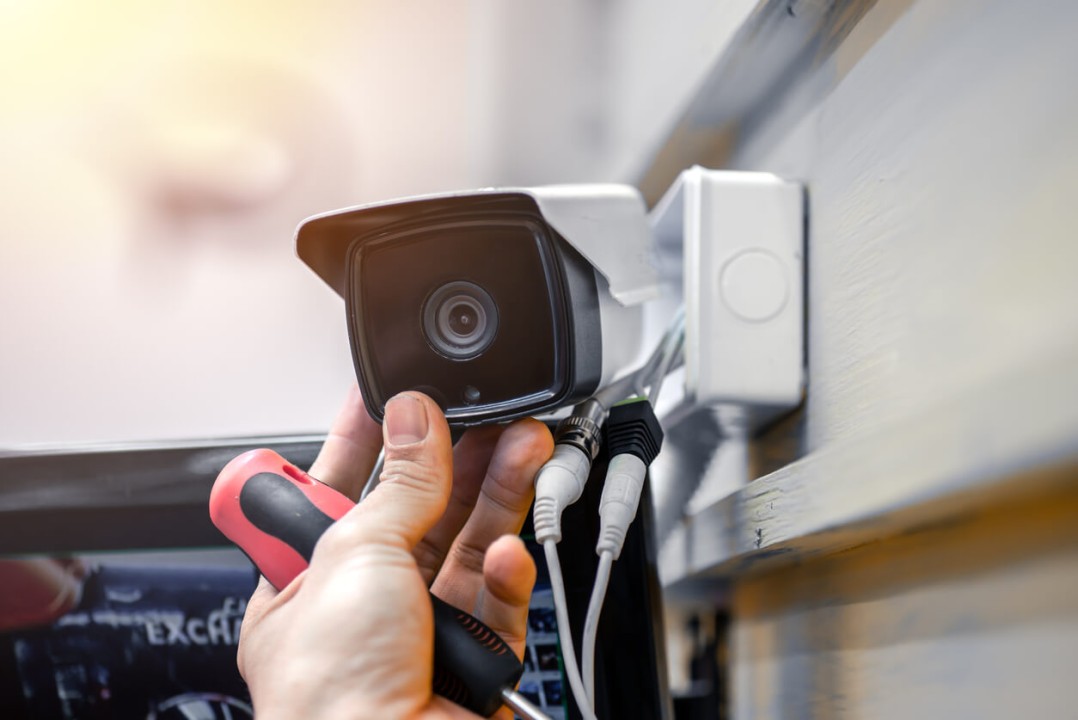Proactive actions are necessary to provide enhanced protection, and security cameras are necessary for this. They increase overall security, promote a sense of security, and improve visibility on the property. CCTV cameras in Dubai discourage possible intruders and act as a warning against dangers as an extra surveillance tool. For building owners, deploying them is a wise investment as it reduces the possibility of costly occurrences like theft and vandalism.
However, successful surveillance calls for more than just installing security cameras. Their positioning becomes very important. Here are some pointers to help you place your security cameras strategically for maximum coverage.
Plan Your CCTV Installation:
The proper planning must be done before the full operation of CCTV cameras can be executed. This involves several key steps:
- Think over the most important goals that you want to defend from the CCTV system. Are you looking for a place where you can see accidents and other safety issues? It is essential to set up the target goals that will give you an idea to find specific cameras and determine the number of cameras for a security system architect.
- Target specific points on your property that are at higher risk of security challenges. These could be places such as entrances/exits, joints for cars to enter/leave, stairs, stairways, or high-traffic areas. Such areas of knowledge, thus, will become indispensable aspects that you should consider while planning your cameras’ installations.
- Resolution influences the picture quality obtained, and the field of view explains the viewing area covered. The drawback to higher resolution is that images are not easily stored. For higher-resolution images, they may need more storage space. More viewing has the advantage of watching a greater area with a need for fewer cameras.
- Become familiar with the best options as far as a Digital Video Recorder (DVR) or Network Video Recorder (NVR) are concerned for storage of your footage. DVRs work with analogue CCTV cameras, while NVRs function with IP cameras. NVRs have more flexibility and adaptability however the price of the DVR is more efficient for smaller systems.
- Determine the way you will power your cams and whether you will use the connection type that will be wired or wireless. Cabled connections are usually more reliable, but their installation could take longer. Wireless networks offer the advantage of being adjustable, but sometimes they get influenced by poor signal reception.
Install Your CCTV Cameras
With a plan in place, it’s time to install your CCTV cameras. Here’s a step-by-step guide to ensure a successful installation:
Step 1: Gather the Necessary Tools and Equipment
Ensure you have all the tools and equipment needed for installation, including:
- CCTV cameras
- Mounting brackets
- Power cables
- Ethernet cables (for wired systems)
- Drill and drill bits
- Screwdrivers
- Ladder or scaffolding (if needed)
- Cable management supplies (e.g., cable clips, conduits)
- DVR or NVR
- Monitor or computer for viewing footage
Step 2: Test Your Equipment
Before installing the cameras, test them to ensure they work properly. Connect the cameras to the DVR or NVR and check the video feed. This will help you identify any issues before mounting the cameras.
Step 3: Mount the Cameras
Mount the cameras in the planned locations. Here are some tips for optimal placement:
- Outdoor Cameras
- Indoor Cameras
- Adjustable Cameras
- Secure Mounting
Step 4: Run the Cables
If you’re using wired cameras, run the cables to connect them to the DVR or NVR. Here are some tips for cable management:
- Use conduits, cable clips, or cable raceways to hide and protect cables. This not only improves aesthetics but also prevents tampering.
- Keep cables away from electrical wiring to reduce interference.
- Measure the cable lengths needed for each camera to ensure you have enough cable for the installation.
Step 5: Connect to Power
Connect the cameras to a power source. For wired systems, this may involve plugging them into an electrical outlet or using Power over Ethernet (PoE) for IP cameras. Ensure that the power source is reliable and that the connections are secure.
Step 6: Configure Your DVR or NVR
Once the cameras are installed, configure your DVR or NVR to record and manage the footage. This may involve:
- Setting Recording Schedules
- Setting Storage Limits
- Remote Access Setup
Step 7: Test and Adjust
After the installation is complete, test the entire system to ensure everything is working as expected. Check the video feeds from each camera to verify the coverage and adjust the camera angles if needed. Test motion detection, remote access, and other features to ensure they are functioning properly.
Additional Tips for Optimal Coverage and Results:
- If you want to view a wider area or the remote blind spots, try utilizing different cameras. This is mostly applicable when it comes to large properties or complex layouts whose detailed descriptions may be difficult to illustrate.
- Keep regular checks on your CCTV system so that it won’t develop technical problems. There is camera lens cleaning while also checking the connections and updating firmware and software.
- To prevent CCTV System hacking or by someone unauthorized, put up security such as passwords, encryption, and a firewall.
- In the case of CCTV placement in a business set-up, the training of staff on its use and maintenance is an important aspect. Tackling this will effectively block inappropriate usage and will guarantee correct procedure.
- Please get clear about the rules and regulations on CCTV system installation in your locality, which should include provisions for privacy protection. Familiarize yourself with the regulations to avoid legal problems, which will be the reason your installation will be violating these rules.
How We Can Help?
Therefore, to have CCTV cameras for maximum coverage and results, proper arrangement and procedure are necessitated before installation and this is followed by ongoing maintenance. Through this detailed guide, you thus can build a perfect modern CCTV system in Dubai to protect the security of the area and come up with a solution for optimum surveillance. Whether your house or business needs a smart CCTV system, Smart Gate Innovations Dubai always has the right recommendation to secure you.


